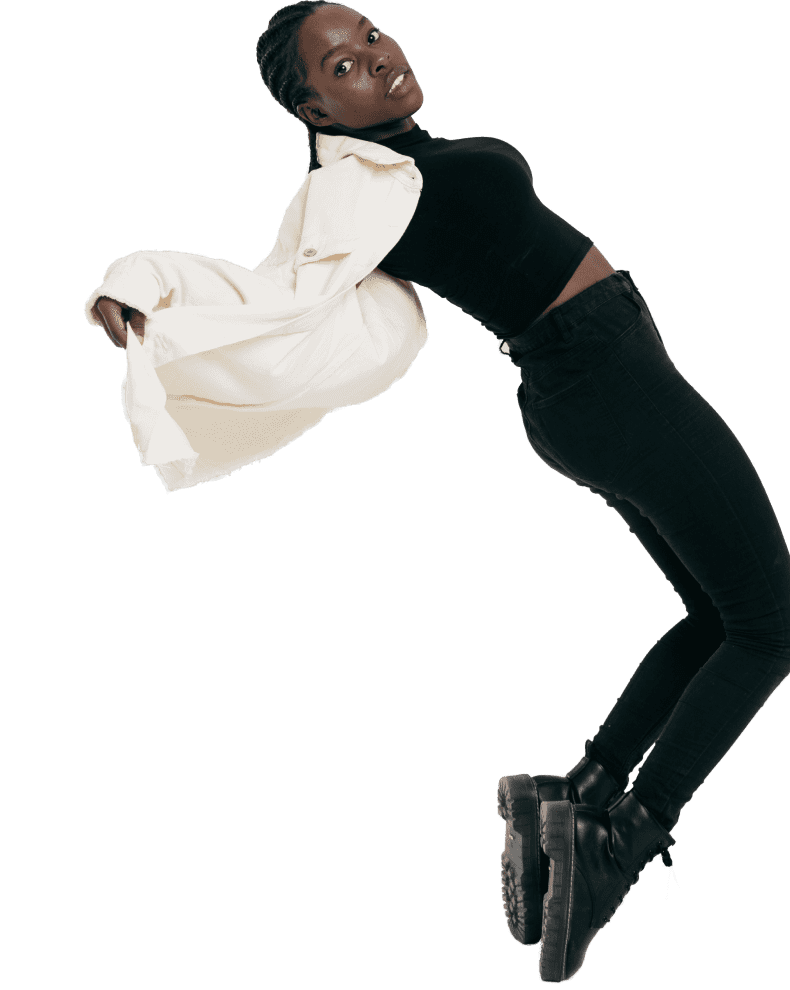
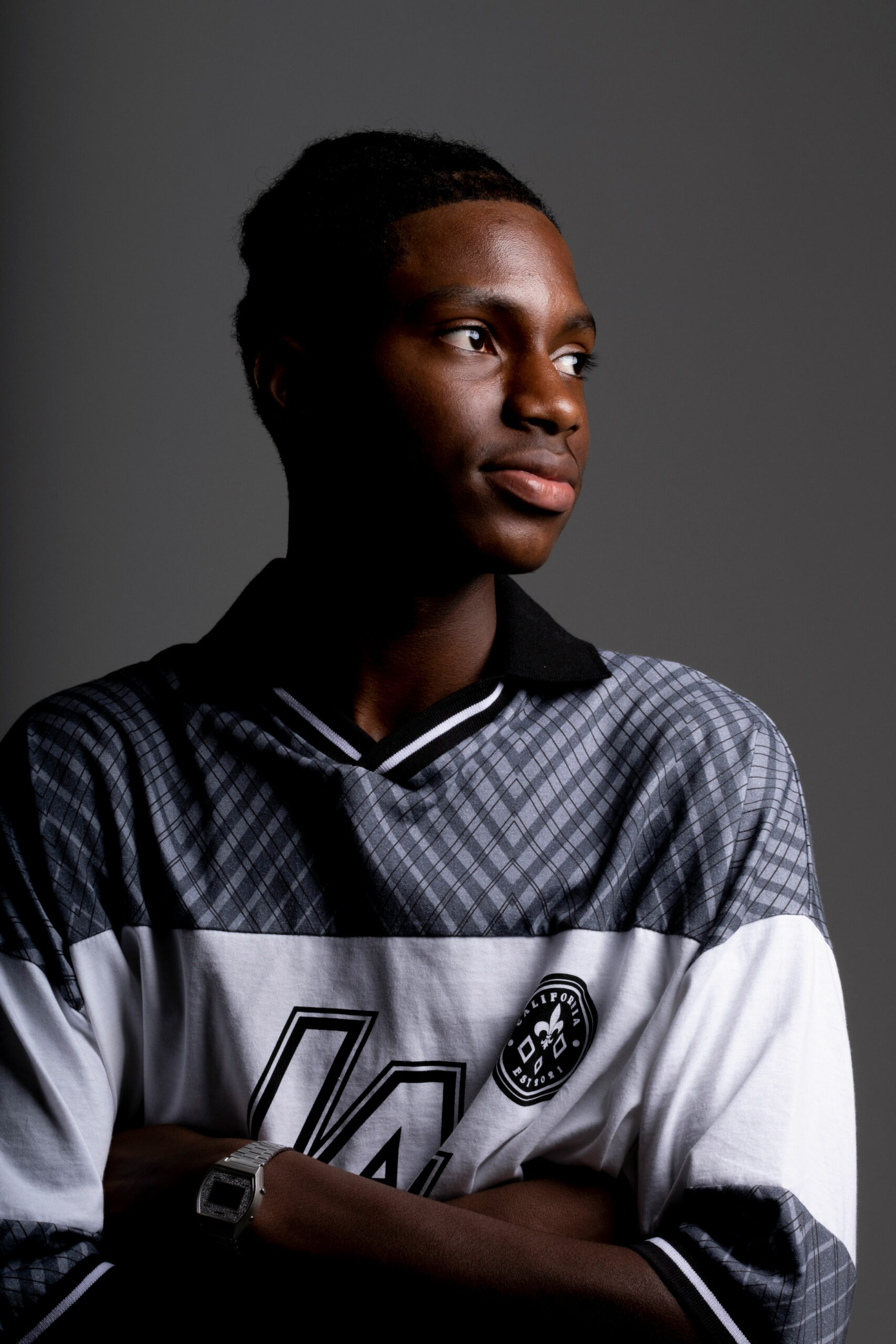
So you’re thinking about becoming a model and making a name for yourself at fashion shows all over the world. All you need is a portfolio and a ‘Blue Steel’ look, right? If only it were that simple! The truth is that the modelling industry is a super competitive industry where a very small percentage of full time models actually make it to the big time. It’s hard work and requires patience, dedication and no small amount of skill.
But on the flipside, it’s also a hugely rewarding job where you meet amazing people and, believe it or not, you don’t have to be a supermodel to earn a good living from modelling.
Now, before we get started, we’ll just explain precisely why we decided to create this guide. For many years now, the modelling industry has been one that is full of misconceptions that are absolute myths. And it’s those myths that have prevented many aspiring models from taking a chance and joining the industry. We hate to think of just how many people, young or old, have given up on a dream simply because they thought they had the ‘wrong look’ for modelling or that their weight or size would be an issue.
In this guide, we will not only bust those myths but we’ll give you a complete breakdown of what it takes to become a model. The idea here is that once you have all the facts, you can then make a more informed decision on whether or not you’re suited to the modelling industry.
In other words, this is everything you need to know about modelling… and then some.
So let’s get started.
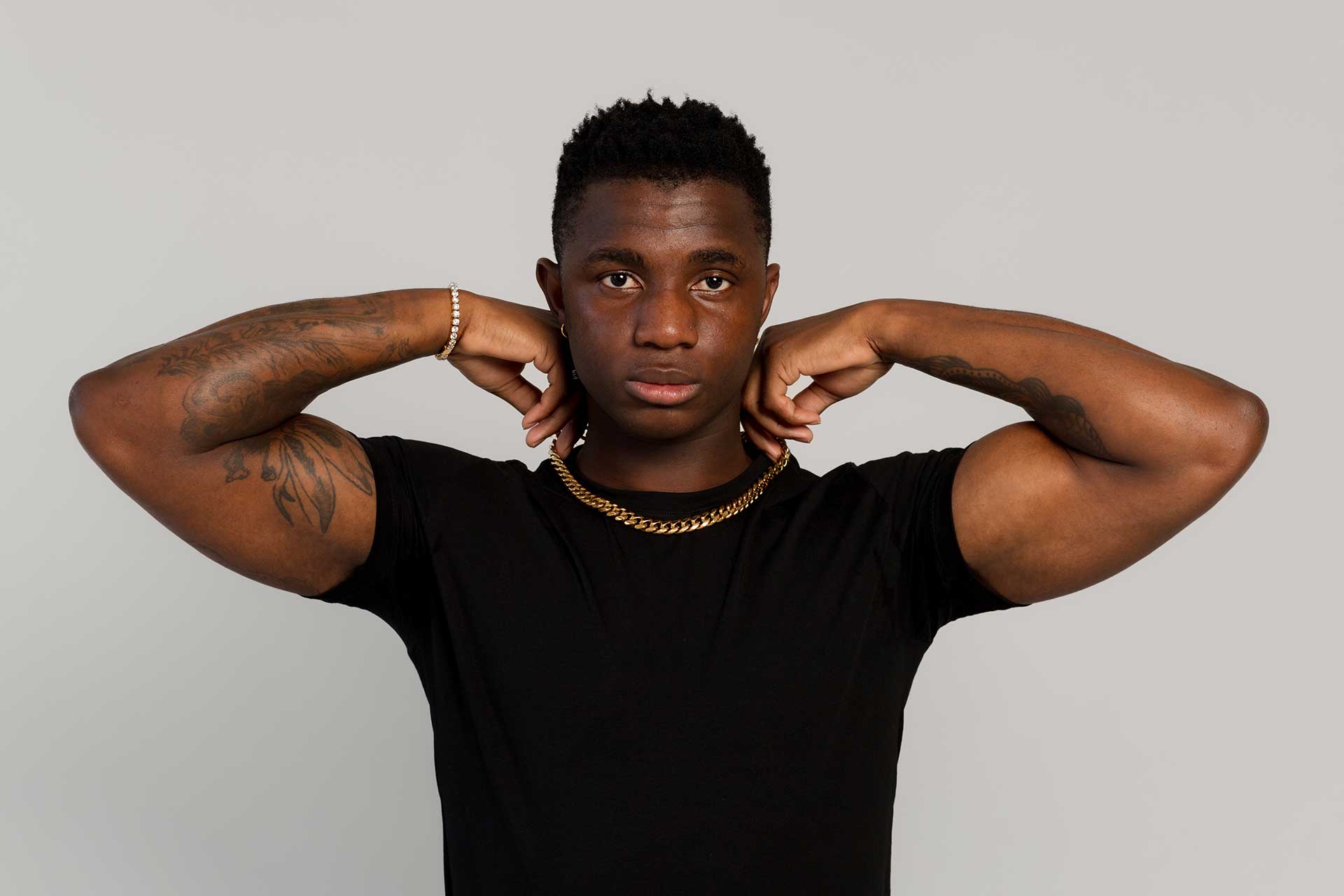
What is modelling?
It’s a very simple question but let’s go ahead and answer it anyway. Modelling is the practice of using your physical appearance or an aspect of your appearance to promote or represent a product, service, or idea.
As you may have guessed, this includes posing for photographs, walking on runways, appearing in commercials, or taking part in other types of advertising campaigns. Every single print or online ad that you see where a person is in the shot, that person is modelling. And yes, we’re talking about pretty much anything from high-end fashion to apple juice — if someone is needed in the ad to help promote the product or a concept relating to the product, that’s modelling!
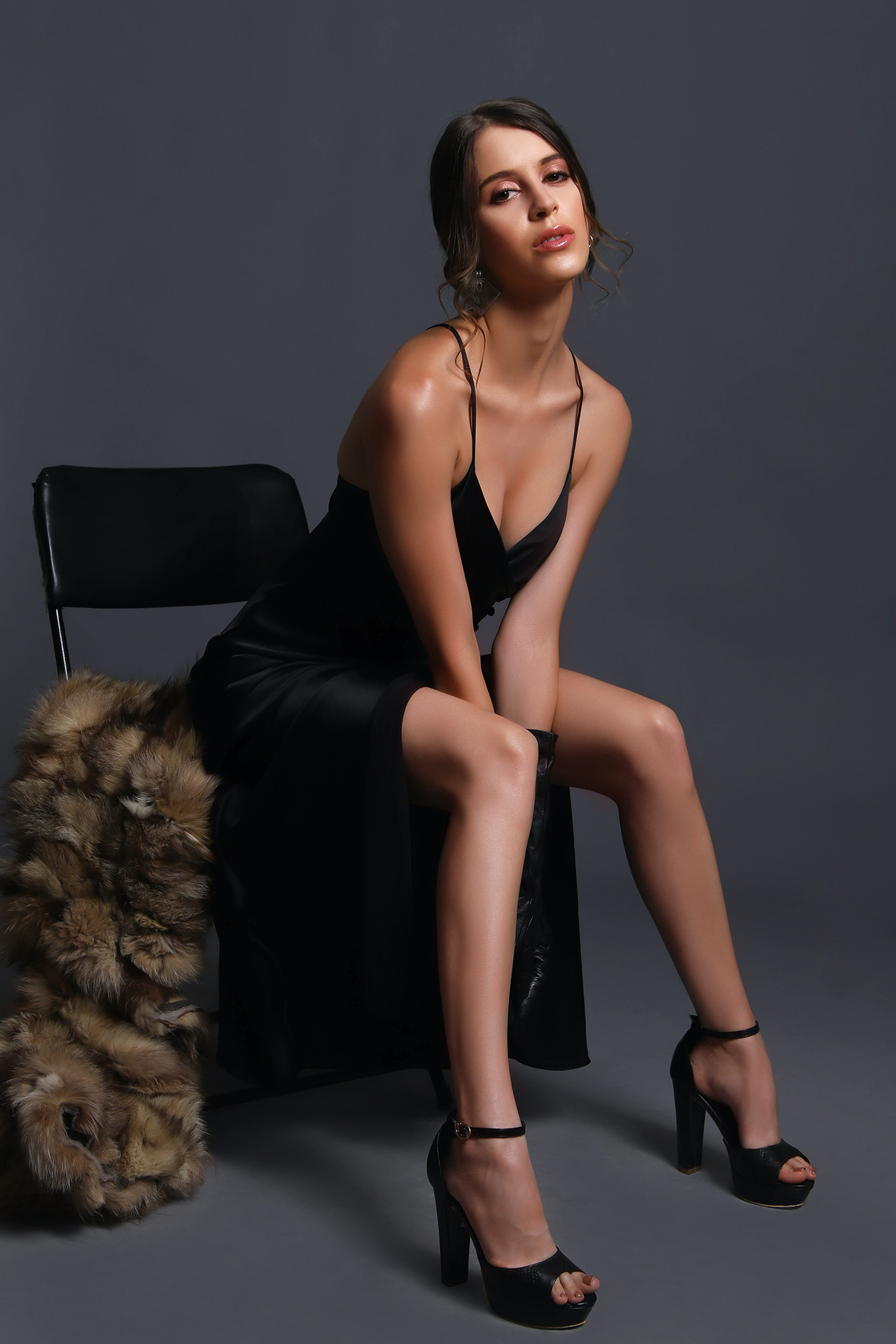
Can anyone be a model?
There is a very simple answer to this question and it just might surprise you — yes, anyone in the whole wide world can be a model.
It doesn’t matter what size you are, how tall you are, what you look like, your ethnicity, age, or your gender. The simple fact is that no matter who you are, there is at least one niche within modelling that you are suited to. From mature models to plus size models, and even hand models, there are so many paths that you can take if modelling is in your sights.
But there is one caveat. You will need to have a certain mindset and tons of energy because becoming a model is no cakewalk.
Is modelling easy?
So we think we may have answered this question already in the section above, but we’ll repeat it once more — modelling is not easy.
Sure, standing in front of a camera and smiling every now and then sounds easy but trust us, there’s so much more to modelling than that. For one thing, modelling can be physically draining. It takes a lot out of you when you’re moving around a studio non-stop for an eight-hour shoot. Changing clothes, dropping into various poses, and even holding those poses for extended periods of time takes a hell of a lot out of you.
Then there is the mental side of the job. Models will be rejected more than they will be hired. That’s a simple truth of the industry. This is because there are hundreds of models out there and a client or photographer may only need one model for a very specific assignment. That could be you, but more often than not, it will be someone else. This can be particularly hard to take for models who are just getting their feet wet in the industry as they may feel like no one wants them. As you can imagine, that can be quite tough so mental fortitude is certainly something that will stand you in good stead if you want to become a model.
So nope, it’s not easy. But when you think about it, are any jobs really that easy?
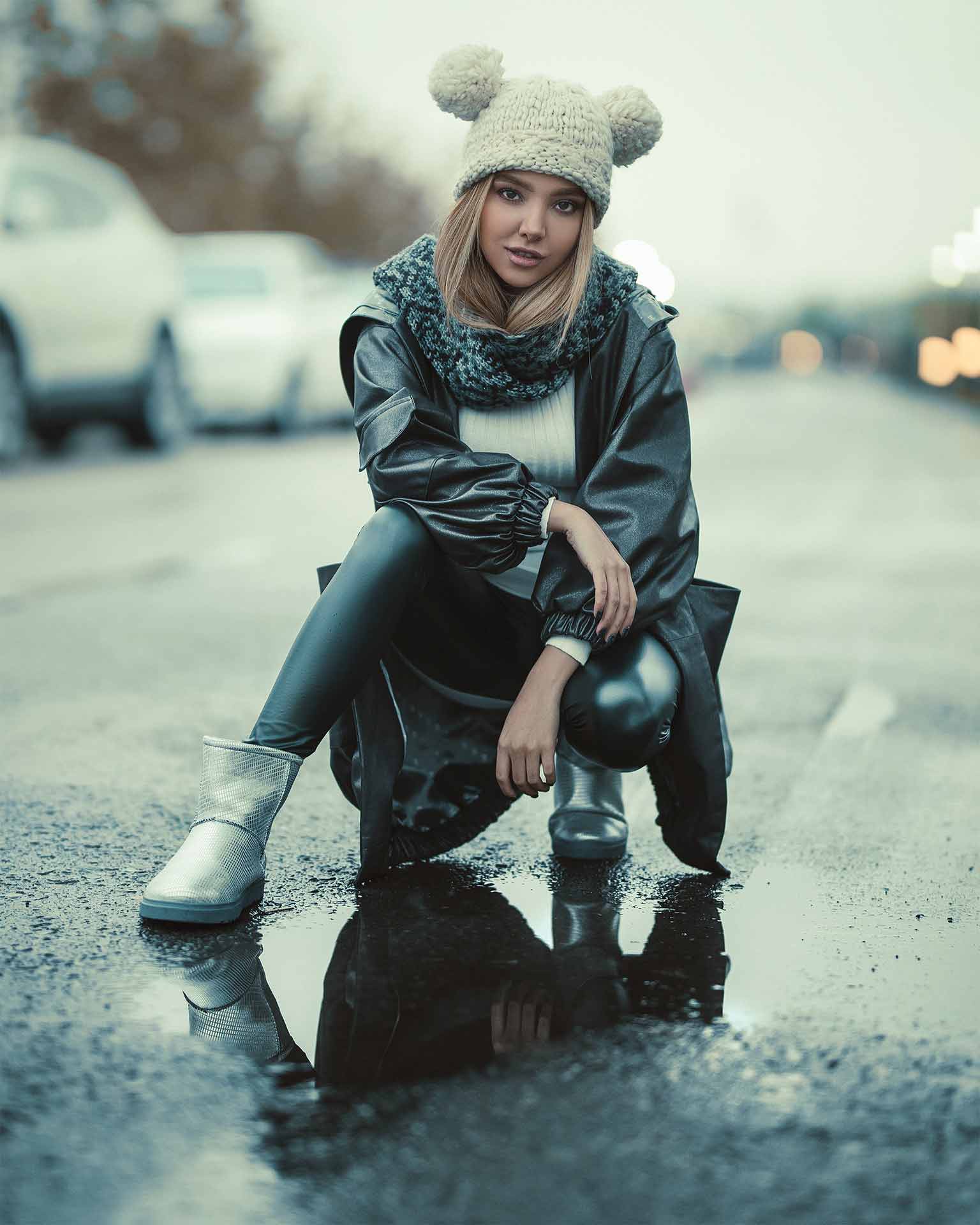
What skills do models need?
Now, here is where we’re going to bust another myth. You know the tired old trope that models aren’t quite the most intelligent people. It’s a common misconception that drives us absolutely nuts because there’s simply no truth behind it at all. As a matter of fact, modelling requires some serious skills particularly if you make it to the top end of the industry. Here are just a few of those skills.
People skills
Yes, believe it or not, models need to have top people skills if they want to succeed in the business. This is because they spend a lot of time each and every day working with people. From photographers to makeup artists, and even clients, models will have to be approachable, polite, and easy to communicate with. Stands to reason when you think about it.
There are also times when models may be called upon to do some live modelling work that involves speaking to potential clients or customers. That’s where those great people skills will come in super handy.
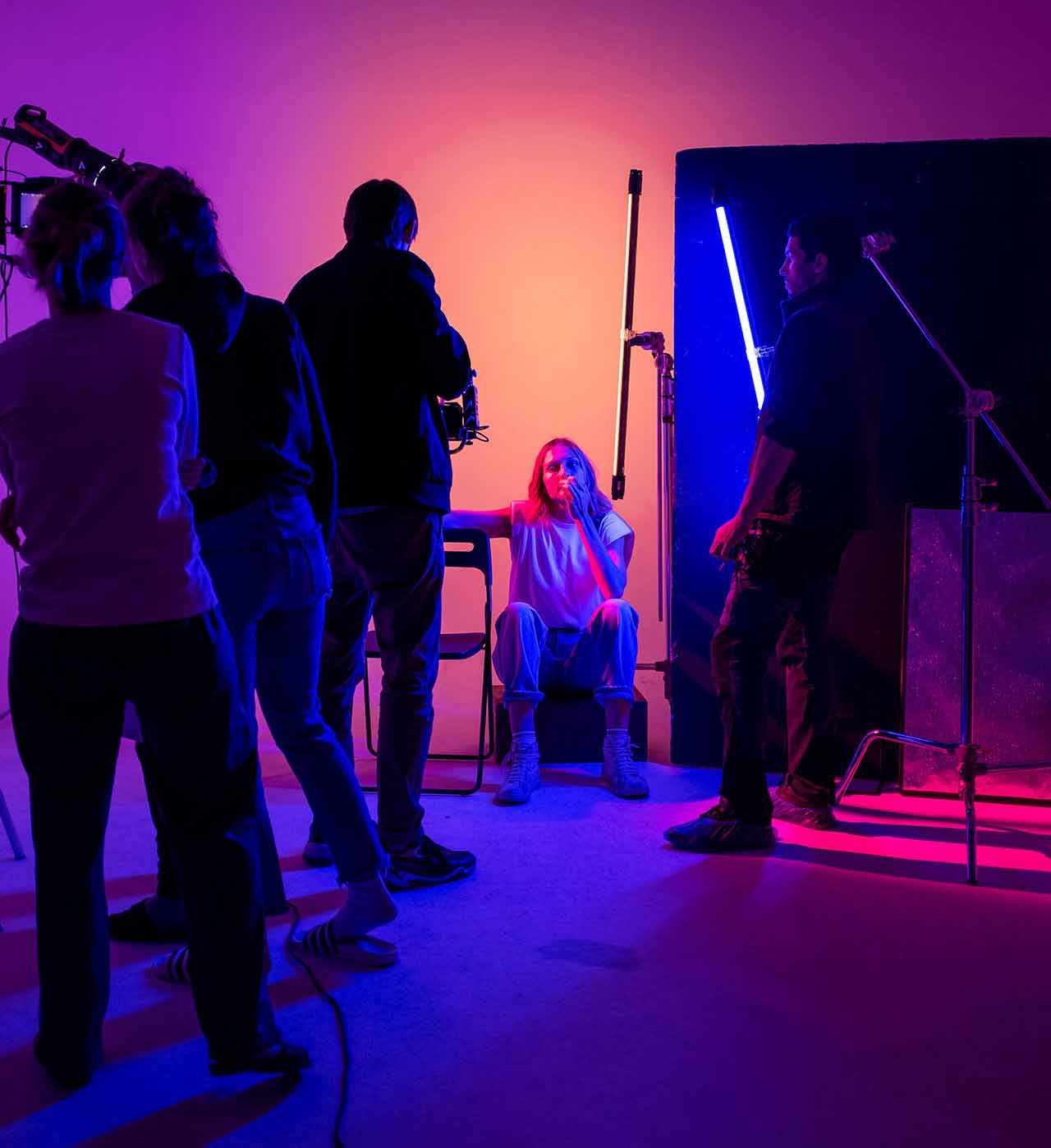
Stamina
Modelling is tough (as we keep reminding you) and on a typical day a model could spend hours on end standing or posing or just doing whatever needs to be done. All this requires energy and, of course, a huge well of stamina. Think of modelling as a marathon as opposed to a sprint and you’ll see what we mean. The hours are long especially when you take into account the travelling that may be involved too. It’s not unheard of for models to have a 5am wakeup call for a day of work and they may not crawl into bed until well past their regular bedtime!
Patience
As with any job in the entertainment industry, modelling requires an unlimited supply of patience. This is because jobs don’t land in your lap every day of the week and it might take some time before you secure your first meaningful modelling assignment. In fact, many models who are starting out will work another job so they can pay the bills.
It may take months on end or perhaps even a year before you start to earn an income that could see you cut down on your hours at your regular job so patience really is a must. The successful models are always the ones that were willing to bide their time and wait for that one opportunity that springboards their career. So if you’re not the patient type, then it might be time to learn how to become a master of patience!
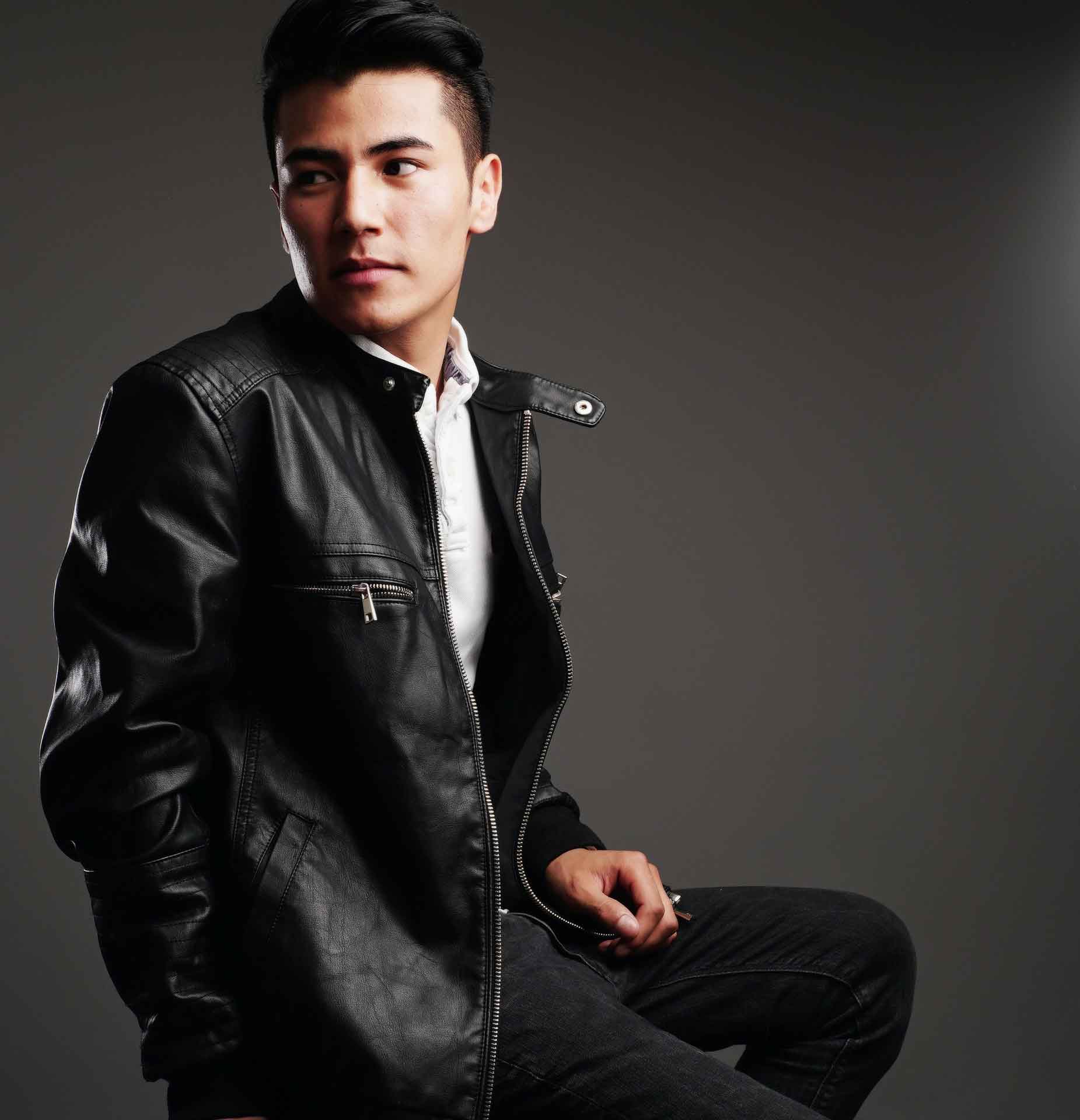
Adaptability
Is adaptability a skill? Well, we certainly think so. That’s because modelling is the type of job where no two days are the same. We’d even go so far as to say that it is extremely rare for a modelling assignment to go exactly as planned. Issues with location, the studio, the photographer, the equipment or even surprise requirements or a change in direction from the client can lead to all kinds of stress-inducing scenarios.
That’s why models must learn to go with the flow and be adaptable to any situation that arises. The photographer wants you to shoot in the rain as opposed to the studio? No problem, let’s get the waterproof makeup on. The client needs you to do action shots for their products instead of traditional poses? Let’s get moving! That’s the type of attitude and adaptability that clients and photographers will expect and will see them remember you for all the right reasons.
Just a quick word here on client and photographer requests. While being adaptable to changes is a great skill to have, this doesn’t mean that you must say yes to everything you are asked to do. If a client requests something that was not included in the assignment brief and that you feel uncomfortable doing, you should never feel pressured into going ahead with it. For example, if a client wants you to wear revealing clothing which was not included in the brief, it’s entirely up to you whether or not you want to agree with this. However, if the request isn’t in any way unreasonable, it may not be a good look for you to refuse. Trust your own judgement.
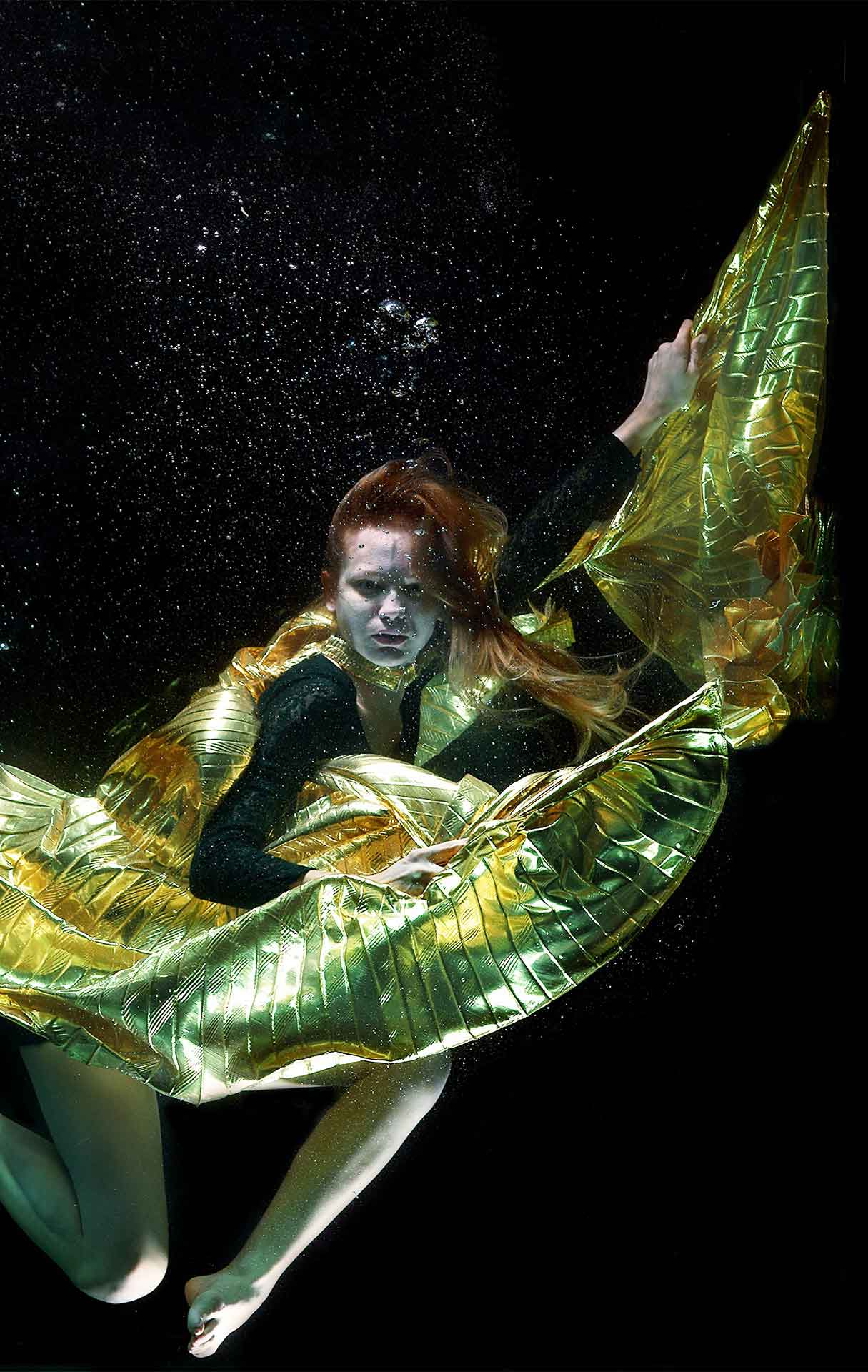
What are the different types of modelling jobs?
There are dozens of niches within the modelling industry that cover pretty much anything you can imagine. However, the majority of modelling jobs in Australia will fall within the categories listed below.
Runway modelling
Runway modelling is the type of modelling you see at Melbourne Fashion Week. Yes, we’re talking supermodels and catwalks or, in other words, the type of modelling you envisage when you hear the word modelling. Just to be clear, runway modelling is defined as walking on a runway to showcase clothing, accessories, or other products.
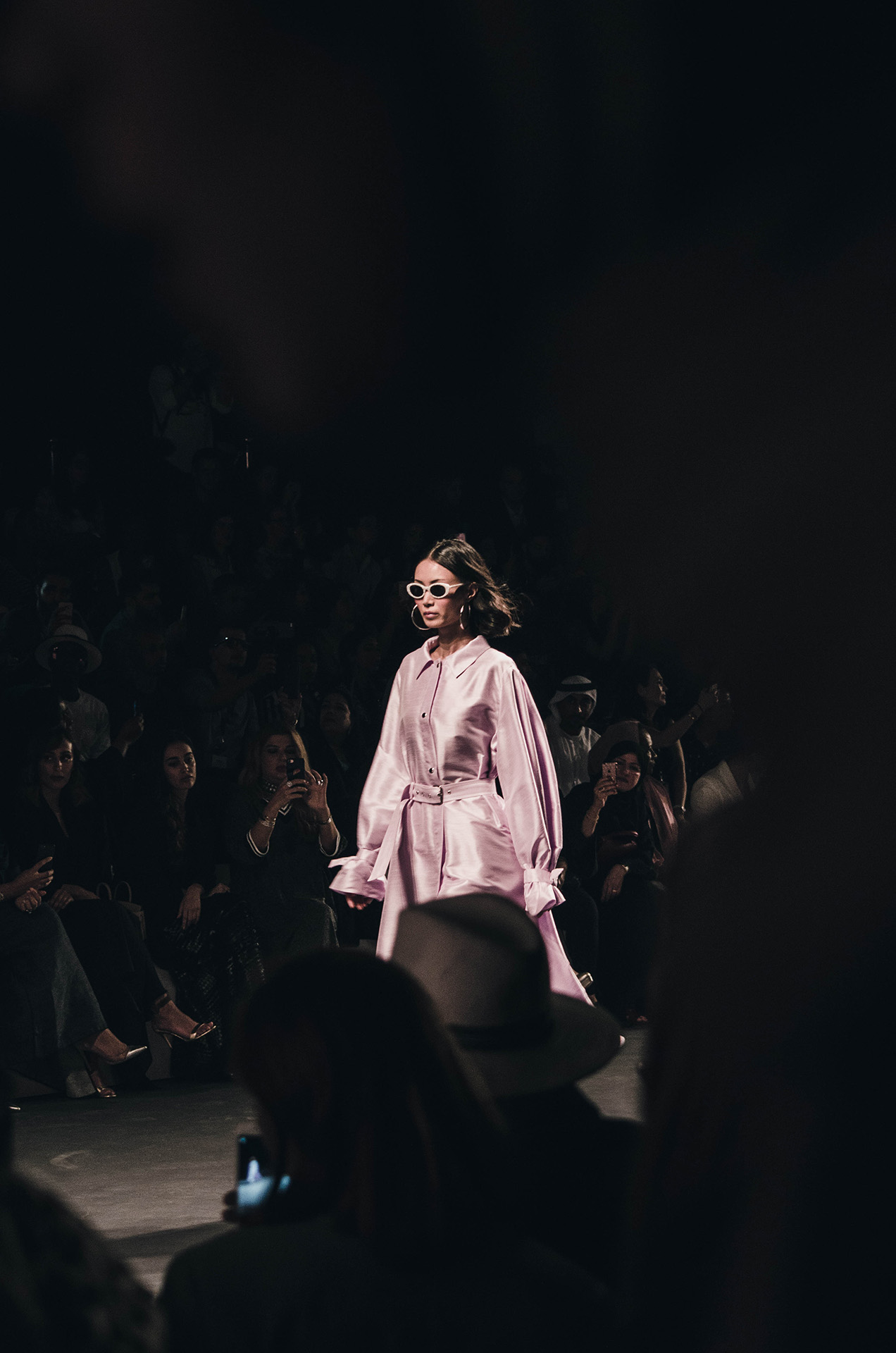
Commercial modelling
Commercial modelling is a type of modelling used for advertisements and promotional materials such as billboards, print ads, and commercials. This covers an extremely wide range of niches which means that you are more likely to see ‘regular’ models in commercial modelling. By that we mean models who come in all shapes and sizes, young or old, and from a wide range of ethnic backgrounds. This is because commercial models are often chosen based on how relatable they are to a target audience.
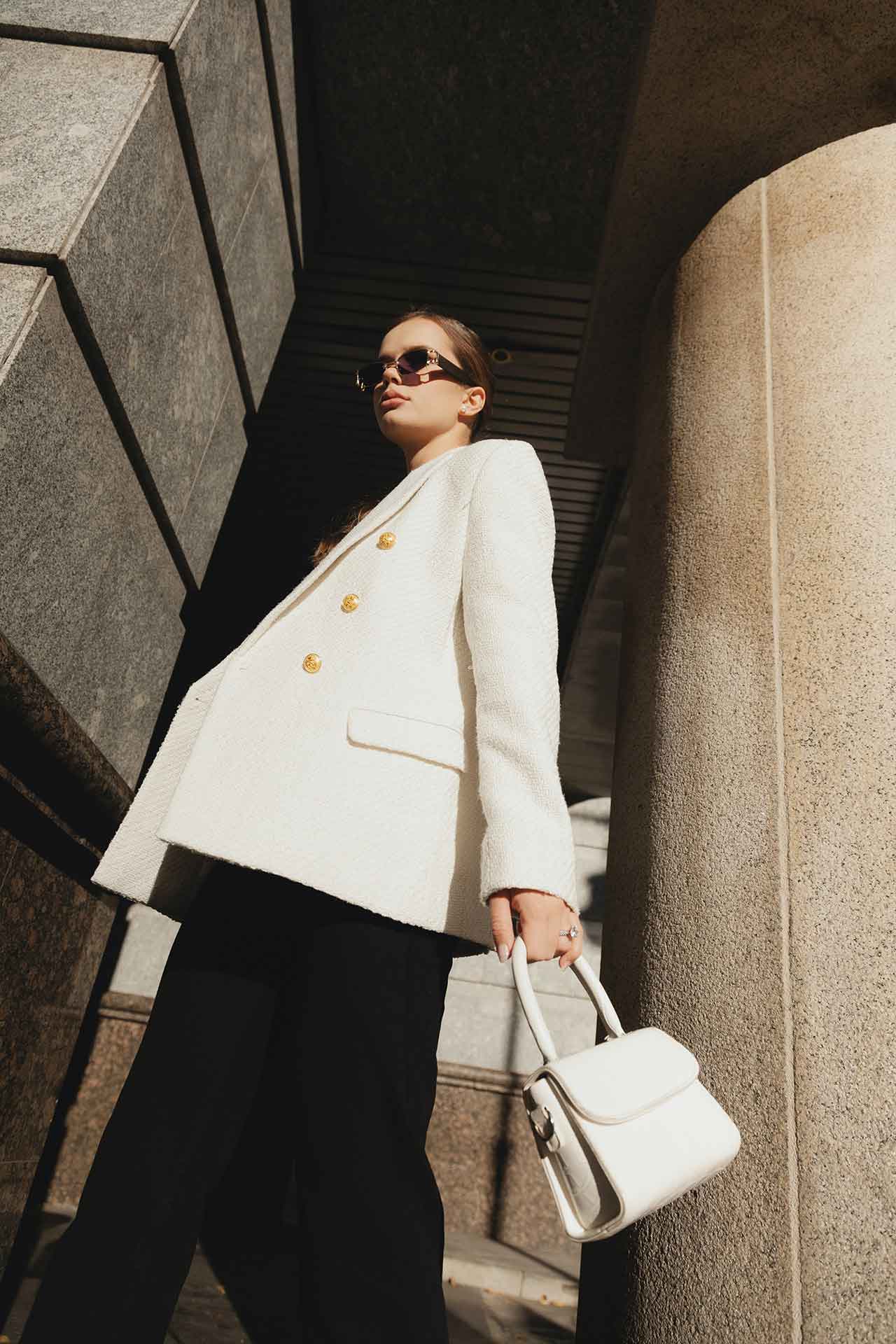
Editorial modelling
Editorial modelling is the type of modelling that is a little more unique and is often reserved for top-tier models who have already made a name for themselves. Editorial modelling is often the type of modelling you see in fashion or beauty editorials in magazines such as Vogue or Cosmopolitan. These models typically have a unique and striking appearance and must be able to convey a range of emotions through their poses and expressions.
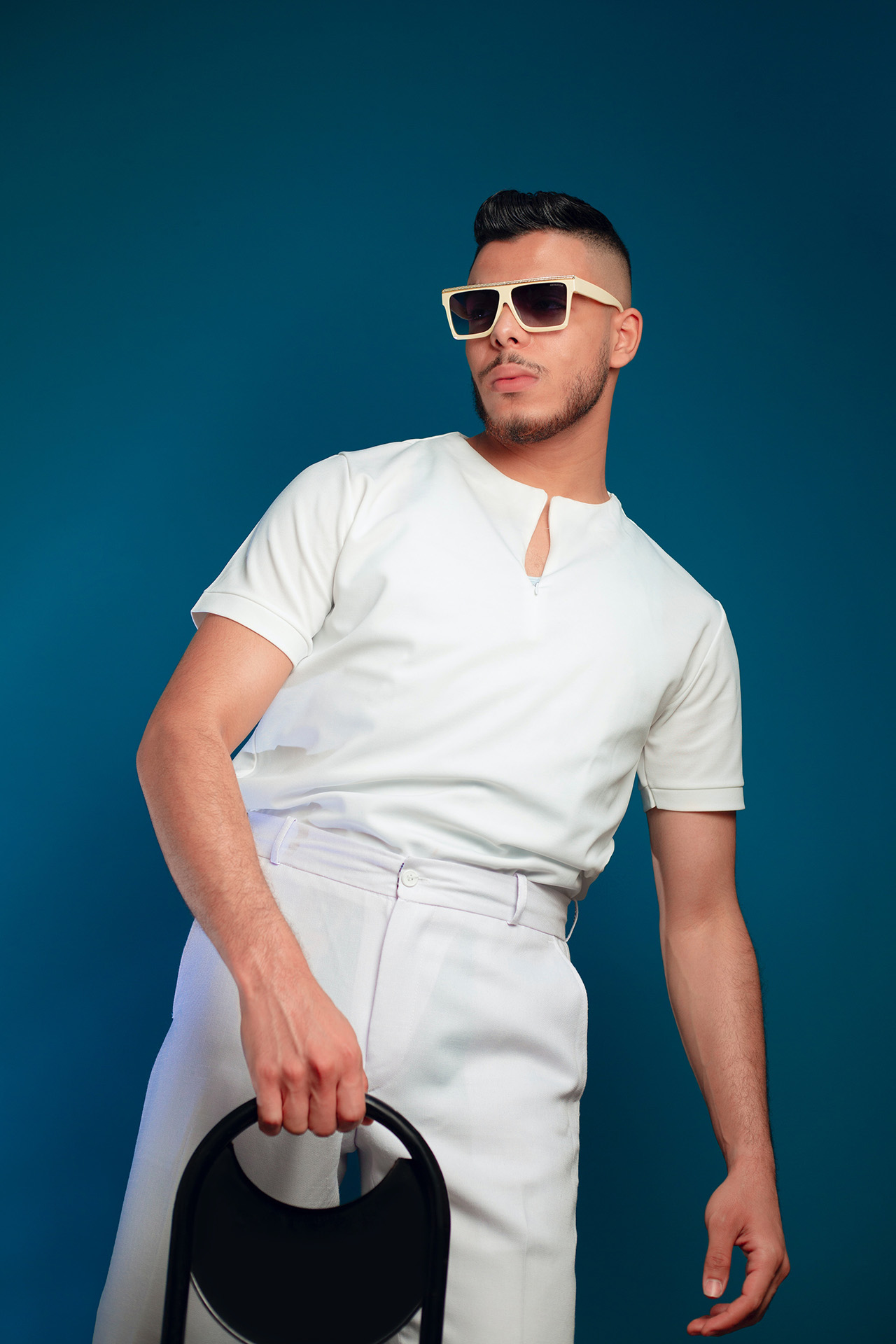
Fitness modelling
Thanks to the rise of influencer marketing, fitness models are in demand right now. This type of modelling is used to promote fitness and sports-related products and services, such as athletic wear, supplements, and exercise equipment. Fitness models must have a toned and fit physique and be able to demonstrate proper form and technique in exercises. However, it’s not just about fitness. Models in this category could find themselves promoting hotels, travel companies, outdoor gear, or even health initiatives from local governments.
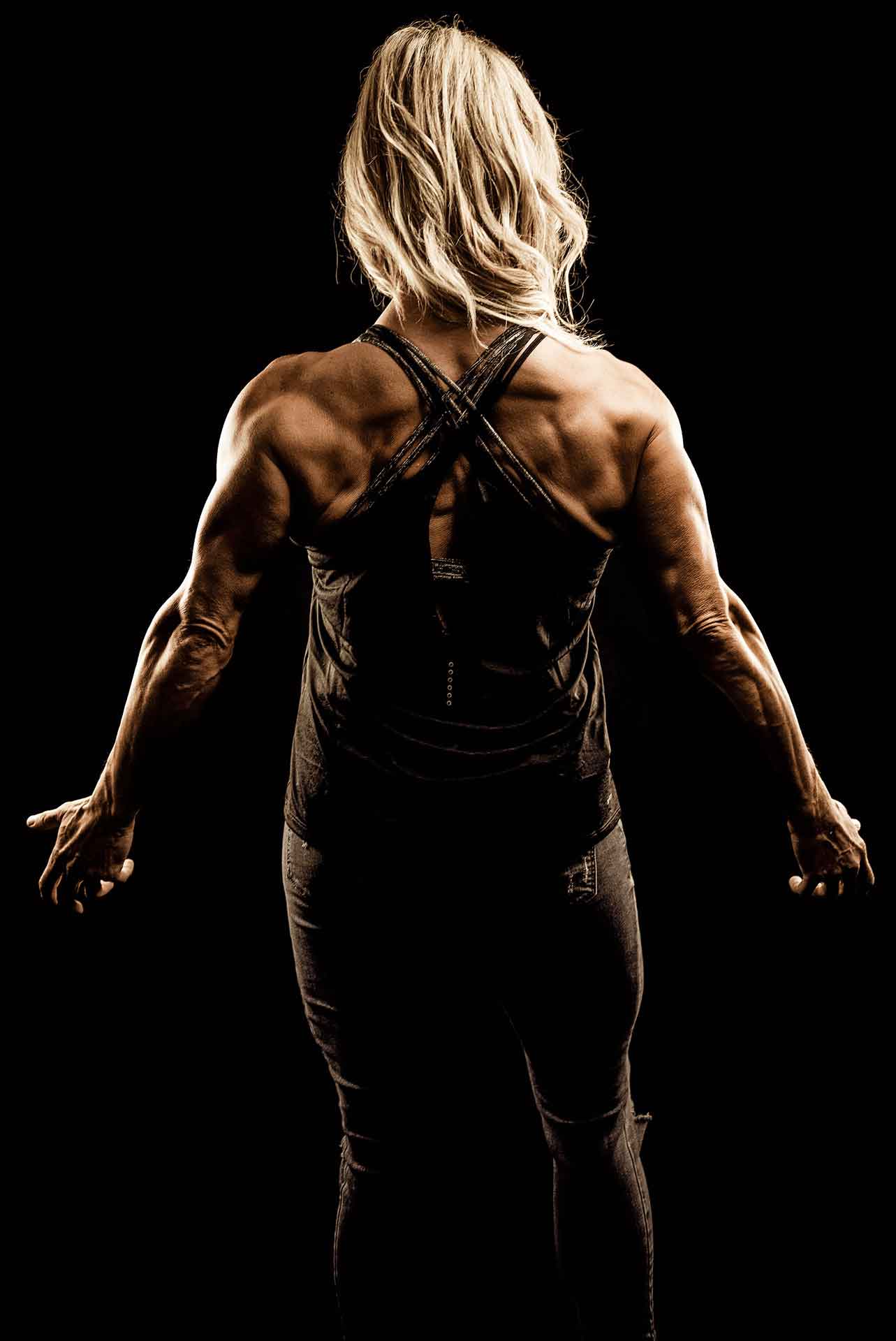
Glamour modelling
Glamour modelling often gets a bad rap, but it’s not all about nudity as some might lead you to believe. Glamour models will pose for photographs that focus on the model’s sex appeal and attractiveness. These images are often used in magazines, calendars, and some adult-oriented publications. Glamour models may also do live modelling work at events.
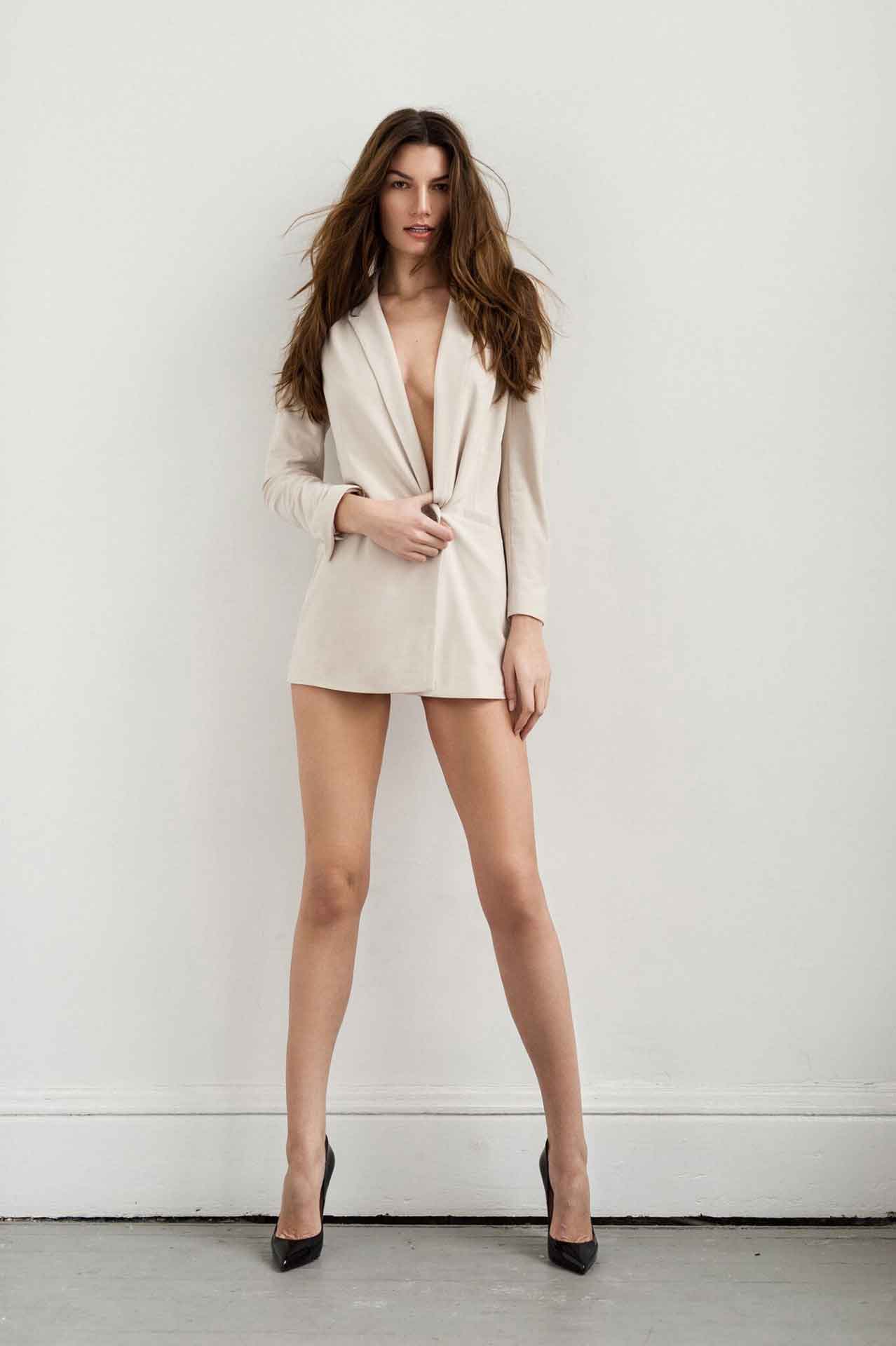
Art modelling
Art models, as you may have guessed, pose for artists and sculptors to create works of art. These models must have incredible stamina as they must be able to hold still for extended periods of time and maintain interesting and dynamic poses. And yes, art models are often expected to pose nude. This is one of the more niche types of modelling but it is also one of the most inclusive as art schools often request people of all shapes and sizes.
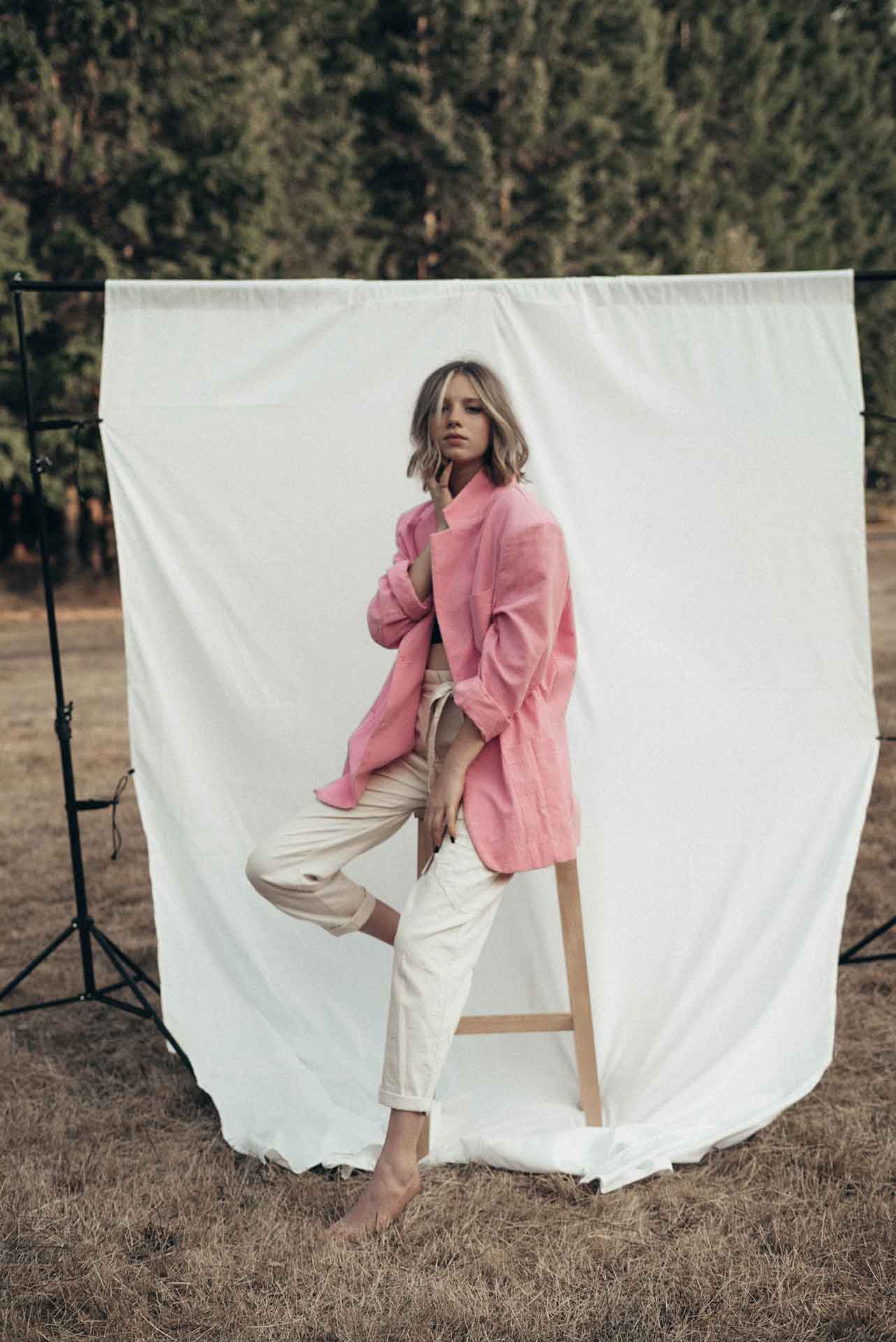
How to decide which type of model to become?
This is a choice that many aspiring models don’t realise they may have to make. However, depending on your body type, your look, or perhaps even your personality, you may find that one type of modelling is best suited to you. For example, someone who is tall may be a great runway model while an average height person could thrive as a commercial model.
This is where your modelling agency could help you a great deal. When you first meet with your agency, they should be able to give you some insights into the industry and an idea of what type of modelling might best suit you based on your appearance, your skills, what you are willing to do, and your career goals. This is why it’s absolutely crucial to take your time choosing a modelling agency!
That’s not to say, however, that you can’t make your decision before joining the agency. If you’re already a fitness buff and spend an inordinate amount of time in the gym, then fitness modelling seems like a perfect ‘fit’ 🙂 Or perhaps you have the most amazing hair that everyone keeps commenting on which could lead to a great career in hair modelling.
Whatever you decide to do, don’t treat it as your only niche for modelling. There could be some amazing opportunities that you are suited for that could potentially lead you on another path once you keep your mind open. Sure, you can opt to focus on one area, but your agency can still keep an eye out for opportunities in other niches too.
What is a modelling portfolio?
You may have heard that a model cannot succeed without a great portfolio and we’re here to tell you that it’s absolutely true. This is possibly the most important tool in your modelling arsenal and without one, you’ll get nowhere. But what is it?
A modelling portfolio is a collection of photographs and possibly videos that showcase a model’s skills, versatility, and experience. The whole idea behind a modelling portfolio is to give potential clients and photographers a sense of the model’s look and abilities on camera.
The portfolio will typically include a range of different types of photographs, including headshots, full-body shots, and perhaps some editorial shots. It may also include tear sheets — samples of the model’s published work — alongside a resume or bio, and anything else that might be relevant.
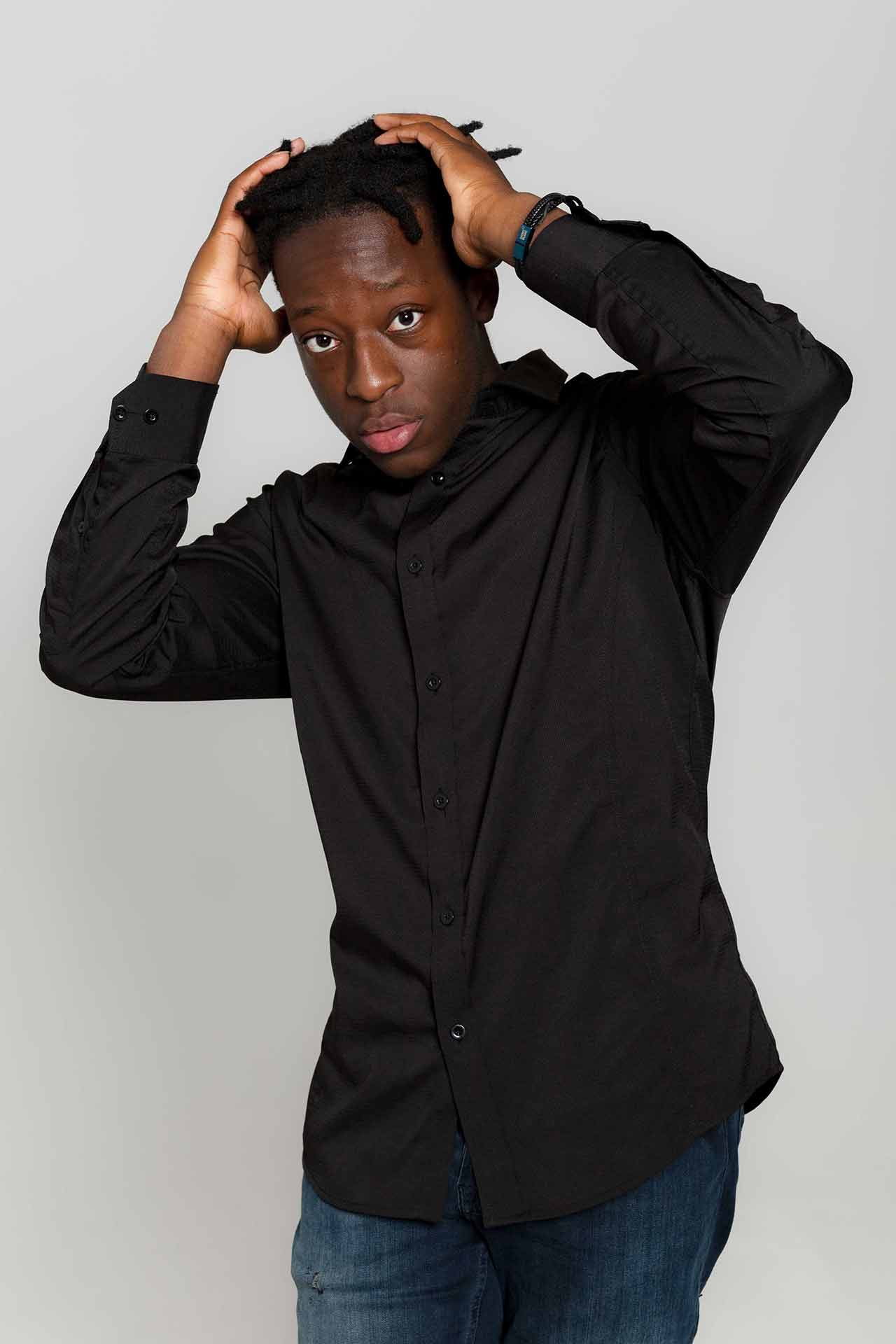
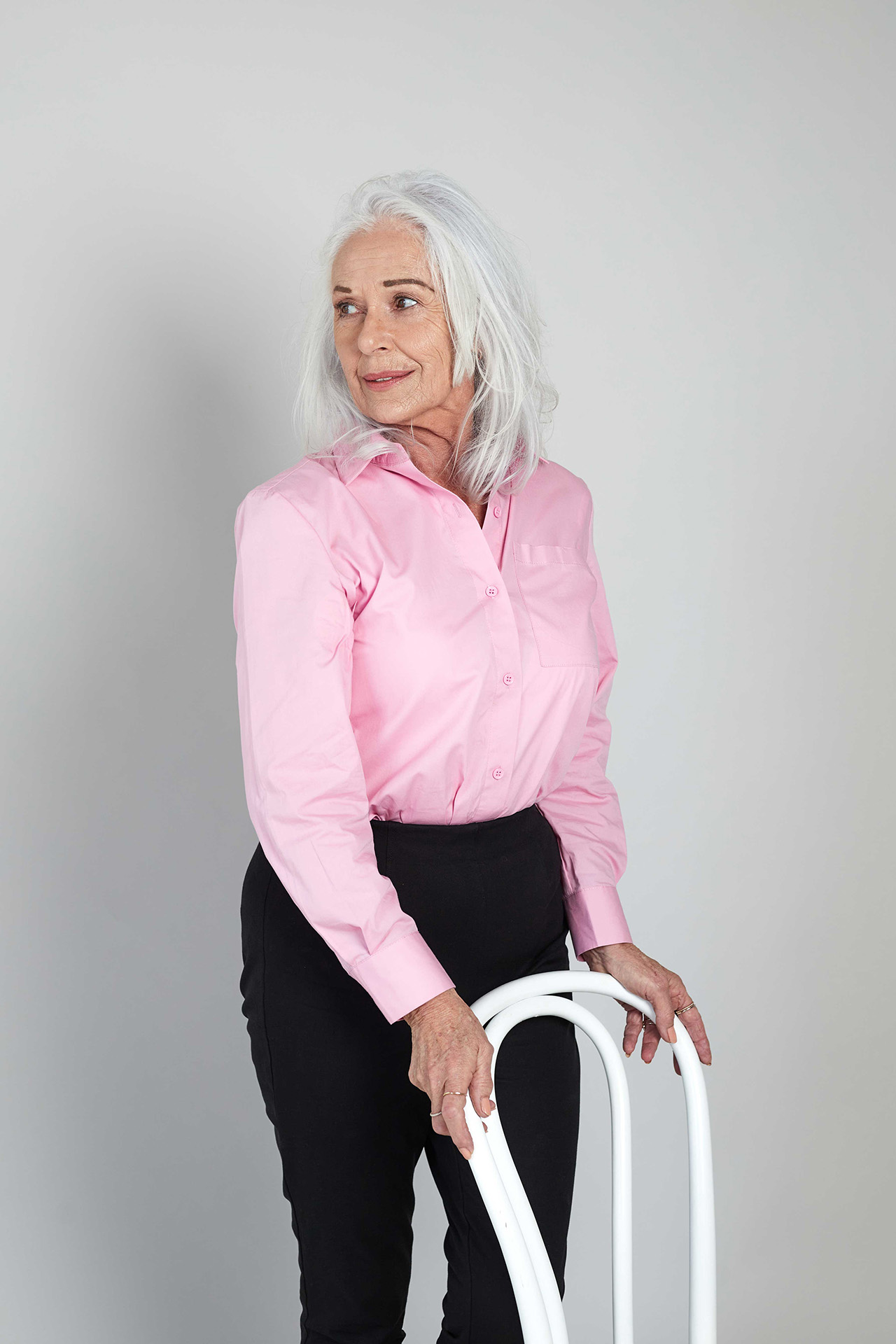
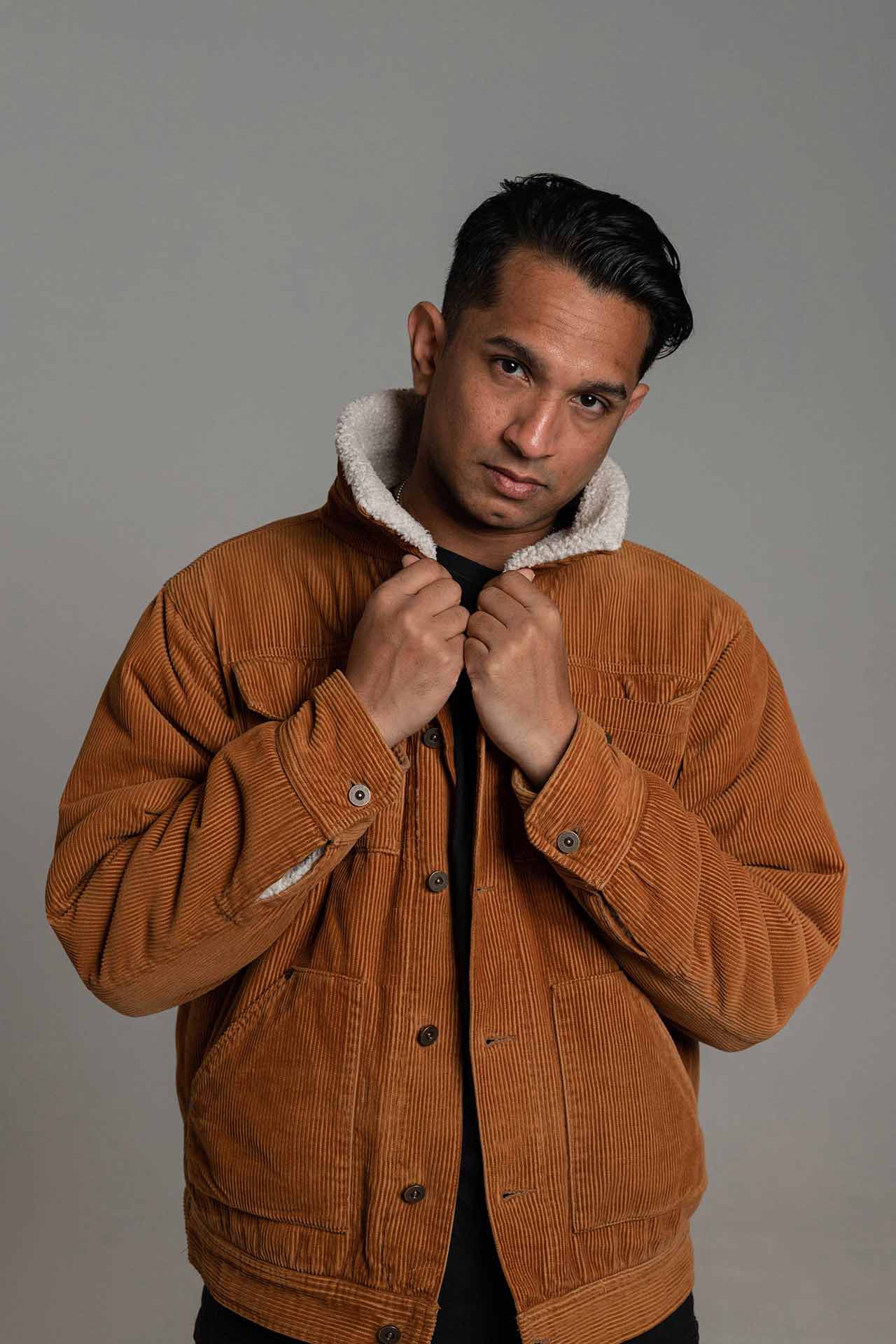
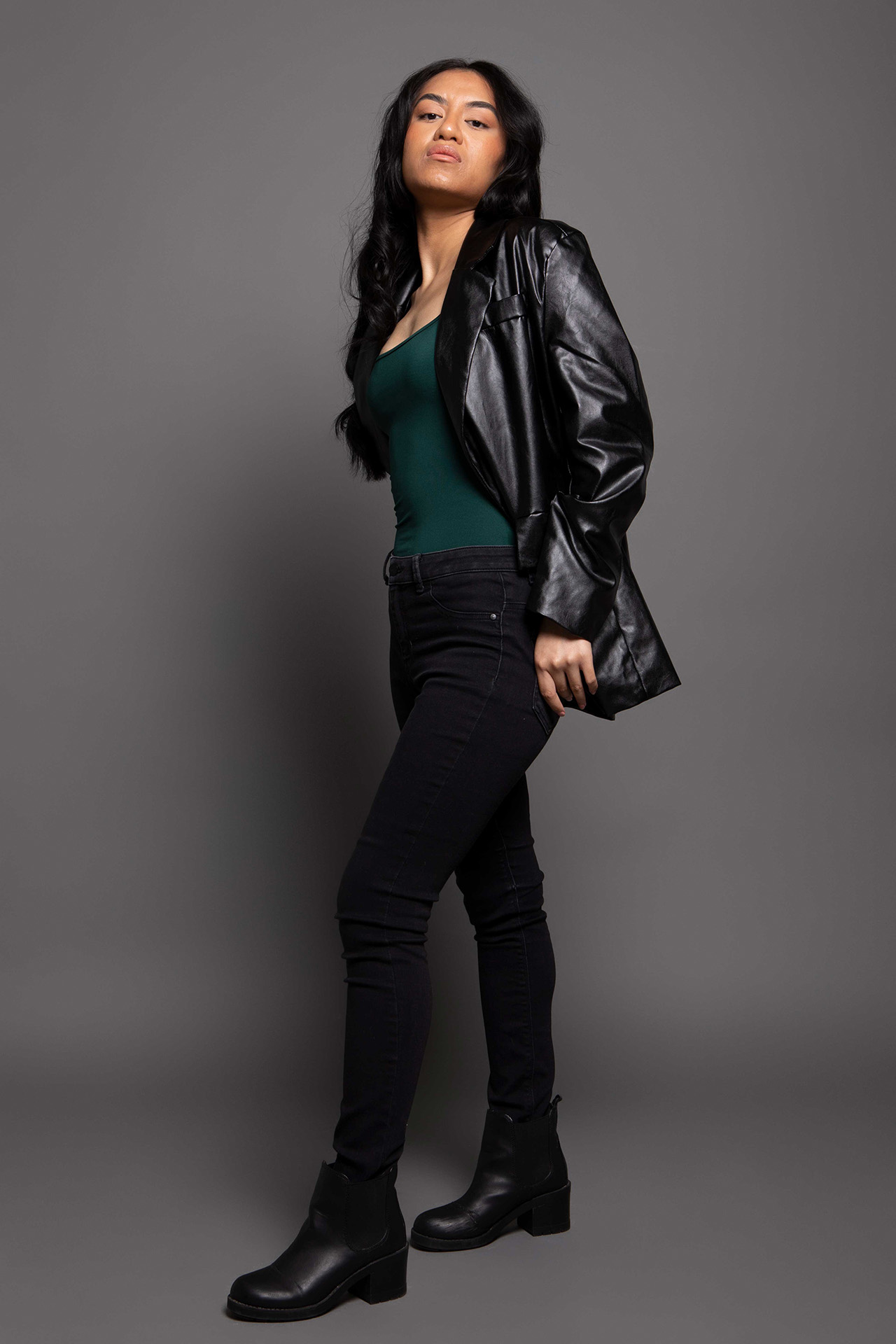
Building your portfolio
The importance of a great modelling portfolio cannot be overstated. In many cases, it’s your one chance to make a great first impression as this is how clients will first see you. For this reason, it’s essential that your modelling portfolio is shot by an experienced professional photographer and preferably one with portfolio experience. Yes, it can be an expensive investment at the start of your career but it is one that is absolutely worth making.
A photographer with experience will know exactly what types of shots should go into your portfolio. There should be at least one full length shot, a profile shot, and one headshot. Of course, you won’t only have three shots in your portfolio, but they are the bare minimum.
Remember that a portfolio can also include images from your previous/published work. This is a great way to showcase your abilities and skills while also letting a potential client know that you have already worked with other clients. If you’re unsure about using images of your published work, ask your agency which ones are okay to use. Remember though that you should refrain from using any images that have not been used yet by the client if their campaign has yet to launch.
How much do models get paid?
This is a question we get asked all the time and we’re going to give you an answer that you probably won’t like — that depends! You see modelling work and the success of a model depends on so many variables that it’s quite difficult to put a dollar value on a model’s earnings.
The type of modelling involved could pay more or less than another type. Then there are big clients and smaller clients. For example, a local clothes brand may have a smaller budget for a local campaign whereas a major retailer would invest much more into a national or international campaign. If your face is going to be seen across the nation, you’re bound to get paid a little more than if it only appears in a local newspaper
If you manage to land some regular work, then you should certainly be able to pay your bills. The average model salary is supposedly $80,000 per year but it could be much more or a bit less. Like we said, it really does depend on the clients, how much work you put into your career, and perhaps even a little luck too.
That $80k isn’t a ceiling though. If you make a name for yourself, you could be asking for significant fees especially if clients start to ask for you by name. That’s the dream, right?
Modelling techniques to practise at home
Here at Hunter Talent we believe that you never stop learning. That means that you should practise your modelling skills as much as possible. After all, you want to be the best and stand out from the crowd and you can only do that by upping your game and maintaining that high level of consistency in your modelling work.
So what can you do to improve those skills at home?
Posing
A model doesn’t just stand in front of the camera and smile. Neither do they just wait for the photographer to tell them what to do all the time. A model needs to have some poses nailed down that they can drop into at any given time. So when a photographer asks you to ‘mix it up’ you can simply run through your poses.
This is easier said than done. Go ahead and try to do a few poses and you’ll see what we mean. You really need to know what you’re about to do, right? This is why it’s a good idea to take a look at what successful models are doing in their campaigns and try to find your own poses based on their work. We’re not saying that you copy their poses outright, but you can certainly take some inspiration from them.
Create a few poses of your own and give them names or numbers. This way it’s easier to remember which poses you have already tried during a shoot.
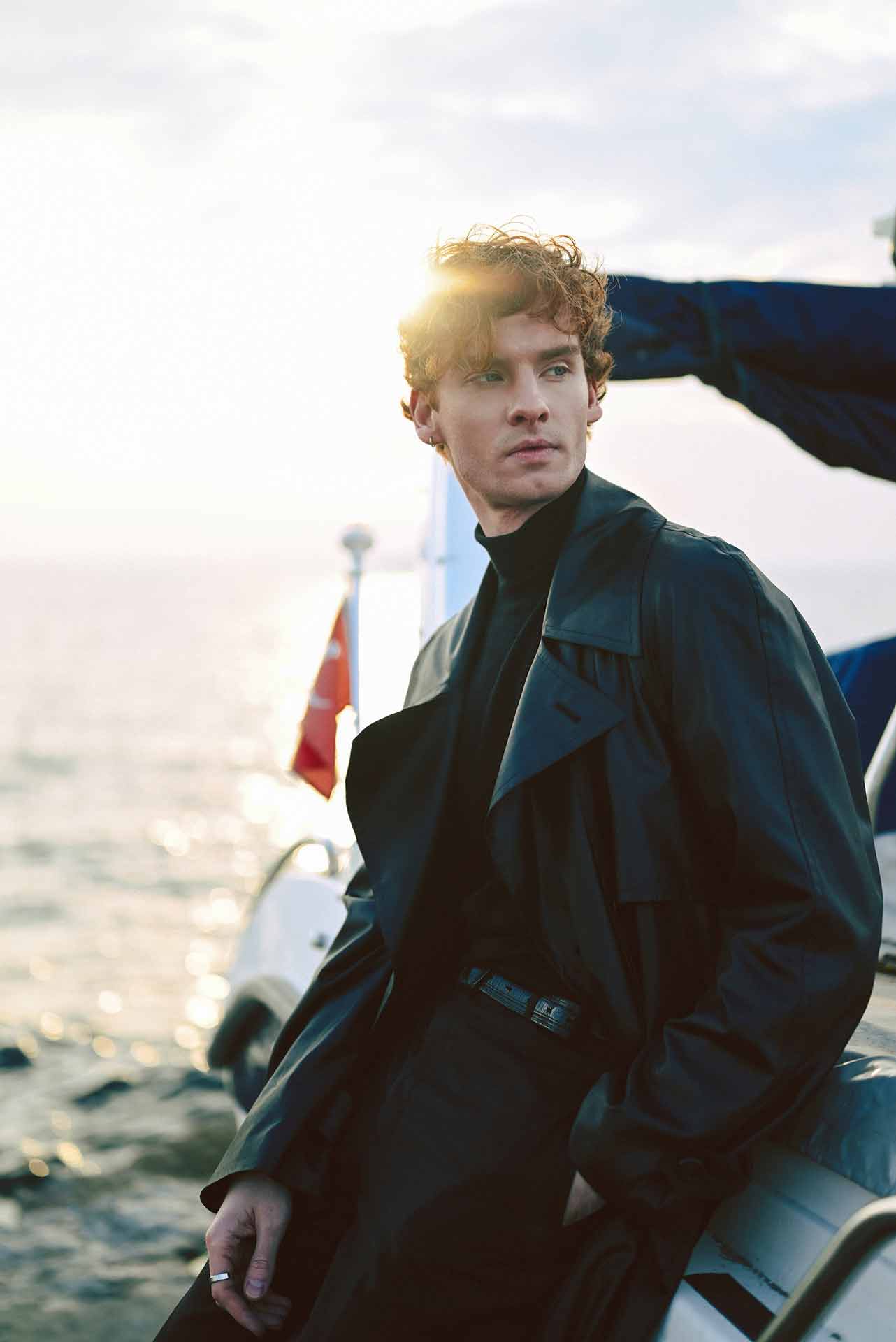
Walking
Walking isn’t quite as easy as putting one foot in front of the other. Well, actually it is, but that doesn’t necessarily mean that you know how to walk like a model. Runway walking is a skill that you should absolutely try to master regardless of the fact that you may not want to do runway modelling. This is because you never know when you may be asked to do an event or a shoot where the photographer needs action shots.
There are plenty of resources and videos available online to teach you how to master runway walking so take some time to study up and practice as often as you can.
Smiling and laughing
As silly as it might seem, smiling and laughing are two incredibly difficult skills to master. Yes, we can all smile and laugh when we’re happy, but smiling or laughing naturally on command is another thing altogether. Trust us, at some point in your modelling career you will be asked to laugh in front of the camera and a fake laugh looks, well, it looks so fake.
You’ll need to have one thing in your mind that always makes you laugh and teach yourself to laugh naturally when you think of it. You may even need a few different things that you can think of depending on the level of happiness required. Dog trying not to fall asleep = mild laugh; chicken chasing a dog down the street = hysterical!
You get the picture!
How to break into modelling
So after reading all of the above you still want to be a model? Superb! You quite possibly have the right stuff to make it in the industry. But before we break out the champagne and start toasting your new career, we have to get that career started first. So here are a few tips on what to do.
Sign with the right agency
This is the part where we tell you how awesome Hunter Talent is and that we’re the best modelling agency in Australia! Yes, that’s what we think, but the truth is that you’ll need to find that out for yourself. No two agencies are quite the same and while we may be a perfect fit for one model we may not be for another.
Start networking
Yes, as simple as it sounds, networking is a great way to get your foot in the door and start to get yourself recognised by people in the industry. Think about attending industry events and speaking with photographers, agents, and anyone that might be a good connection within the industry. You never know when that connection might come in handy in the future.
Get some experience
Getting experience as a model without having any experience might seem like a bit of a tough prospect but it’s actually not that difficult. Photographers, schools and universities, and photography clubs will always have opportunities for aspiring models. The only catch is that the pay will be super low or you might even have to work for free.
While we don’t want to encourage you to work for free too much, we do think that doing a little free work to build up that experience and possibly add some images to your portfolio is a great idea. It will teach you how to handle a professional working environment while also giving you an idea of what it takes to be a model. You can even perfect your poses doing this type of work.
Tell everyone about your new career
And we really mean everyone. Tell anyone who will listen that you are looking for modelling work and share that information all over your social media profiles. You want the entire world to know that modelling is your newly chosen path so that if they come across any opportunities, they might think of you. The truth is that you never know who your friends and family know and one social media post could lead to all kinds of positive connections.
Even if it feels silly to say it out loud before you’ve even landed your first modelling assignment, be loud and proud about the fact that you are now a model.
This is why it’s important to shop around and see what agencies are currently looking to sign models and which might be best suited to you. This is doubly important if you have a modelling niche in mind as you can see what kind of agencies have clients within that niche or success with those types of models.
Make sure that you get an opportunity to speak with a real person either face to face or on the phone or through a video call. This will give you a better understanding of what the agency is about and how the staff treat their models. Remember that not all agencies will actually want to sign you regardless of how great you may be. This is because some agencies have quotas for certain types of models and they may already have too many models on their books that are similar to you. Don’t be discouraged though, you’ll certainly find the right agency with a little effort.
How to prepare for your first modelling assignment
So you’ve signed with an agency, you got your portfolio and now you’ve managed to land your first modelling assignment. Well done! Now all you need to do is get ready for that first gig. Here are a few things to keep in mind as you prepare.
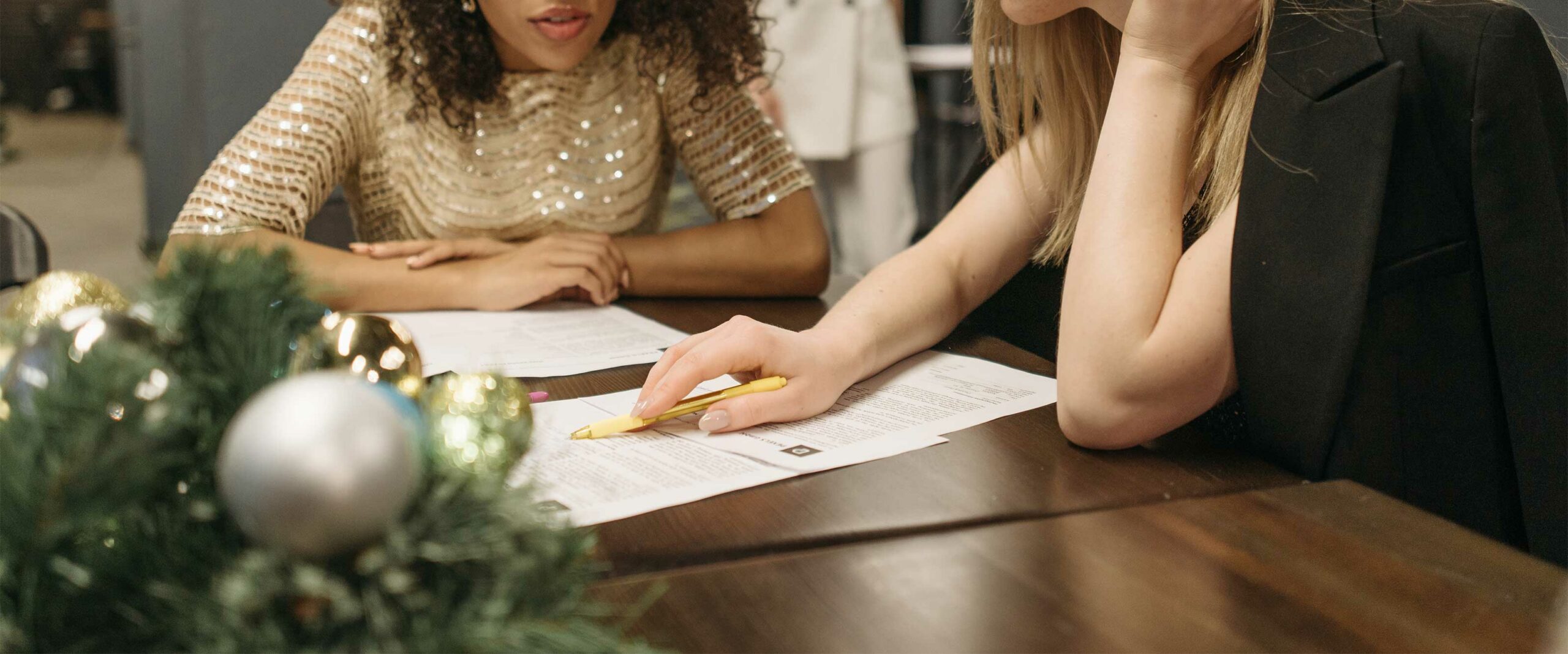
Practise all your poses
This makes perfect sense but we’ll just reiterate it — you need to practise those poses as much as is humanly possible ahead of your assignment. Get in front of the mirror and drop into your poses on cue. You can even set up a little practice routine where you go through each pose methodically just to get them perfect. Once you can do this without thinking, it will help to ease those pre-assignment nerves.
Talk to the agency
Your agent will have the full lowdown on what the assignment is going to be like. They may even have an inside track on the photographer for the job and how they like to work with models. Any advice you get here could be invaluable for the job so listen carefully. Your agent will also tell you what you should and shouldn’t do at work and what is expected of you for the assignment. Be very clear about this information so that you know what to expect.
Plan your route
Yes, this really does sound like common sense but you’d be surprised at how many people get lost or can’t find parking on their way to a job. Plan your route and have a plan B option. For example, if your car doesn’t start, how can you get there by public transport? You may laugh but you should expect anything that could go wrong to go wrong.
Live a quiet life
Don’t go for white water rafting a day before your assignment. Likewise, you shouldn’t be going clubbing either. Think of this as you would your first day in any job. Take it seriously because it is your career after all and don’t do anything overly adventurous in the days leading up to the assignment.
Watch your diet
And by that we don’t mean that you should eat less food or anything silly like that. We mean that you should stick to your normal diet and not try anything new for a few days. You don’t want to be sick on your first day at a shoot. We’d also suggest laying off the heavy foods the day before and on the day of the shoot. Nothing is worse than feeling bloated and having to pose all day long.
That’s all the advice we have for you today. Best of luck and remember that it will take time to land that first gig but we know you can do it!
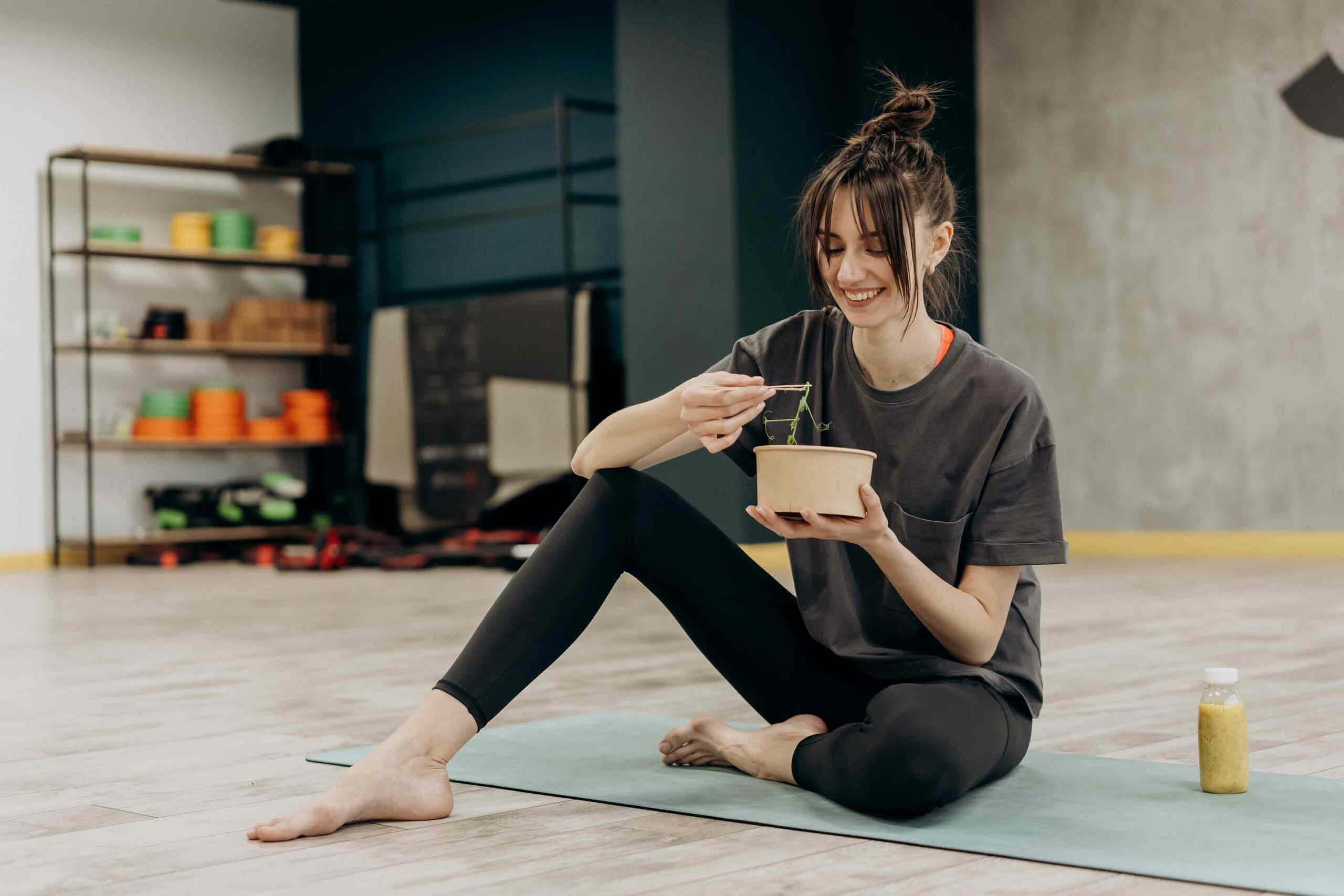
If you have any questions or would like to know more about becoming a model, feel free to contact us here at Hunter Talent. We’d be more than happy to have a chat with you to see if we’re a good fit for each other. But even if you opt to sign with another agency, we genuinely hope that the advice in this guide helps you along your way.
Want to break into the world of modelling and acting?
Our agency is dedicated to helping aspiring models and actors achieve their dreams. We have a team of experienced industry professionals who will guide you every step of the way, from helping you create a portfolio to finding the right auditions and casting opportunities. With us, you’ll have access to a wide network of industry contacts, and we’ll provide the support and guidance you need to succeed. Don’t miss this opportunity to kickstart your career.
